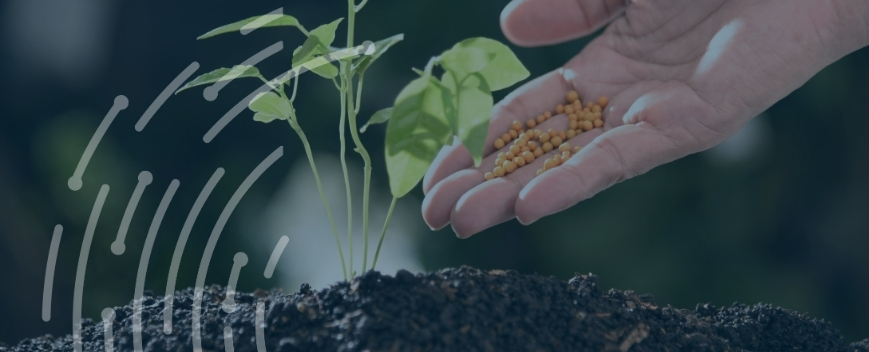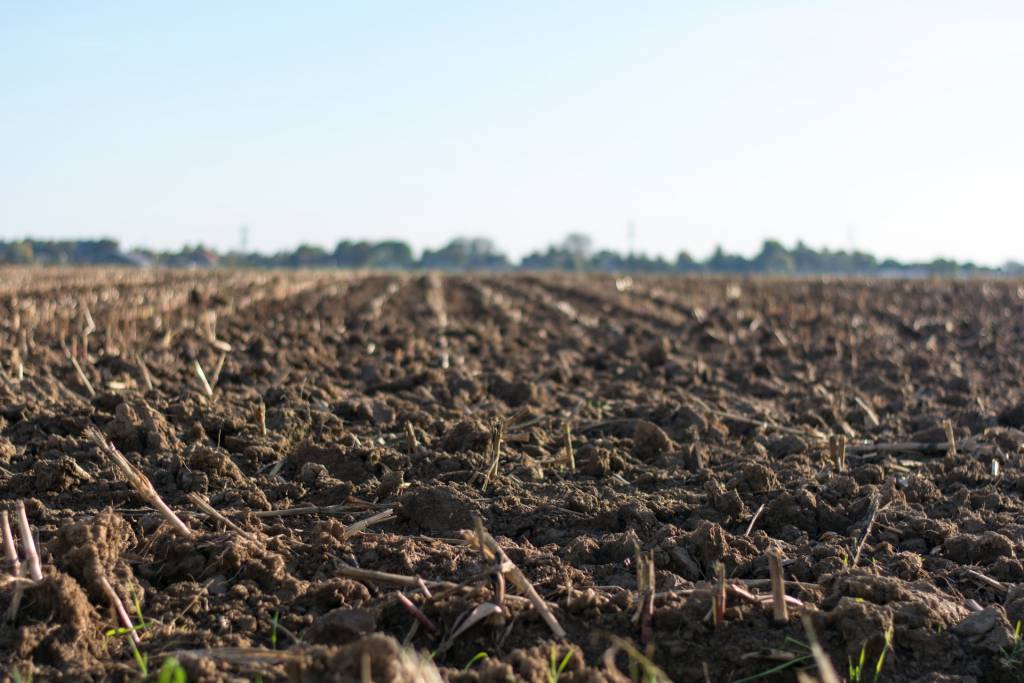All You Need to Know About Fertiliser

Access trade, receivables and supply chain finance
We assist companies to access trade and receivables finance through our relationships with 270+ banks, funds and alternative finance houses.
Get startedContent
Fertiliser is a crucial agricultural commodity that allows us to mass-produce food on a large enough scale to support the enormous global population. Without fertiliser, almost half of the 7.4 billion people on earth wouldn’t be here today.
Since its discovery around 100 years ago, it’s provided us with a way to increase yields without increasing land mass. It achieves this by boosting the amount of nitrogen – one of the five basic needs of plants – in the soil.

This discovery, along with others, and the subsequent increase in yields that they brought, defined what is now known as the ‘Green Revolution’ – a shift in industrial agriculture that made continued population growth possible. Now, around 50% of global food yields can be credited to fertiliser.
It goes without saying that the economics of fertilisers have a huge effect on wider food markets and understanding its place within the wider agricultural commodities marketplace can help traders to make better decisions about their investments and manage risk.
To that end, TFG has prepared this guide to tell you all there is to know about fertilisers.
The Different Types of Fertiliser
There are many different varieties of fertiliser but the main way of categorising them is by the type of nutrients they deliver to the soil. The three primary plant nutrients are nitrogen, phosphorus, and potassium. This gives us 3 categories that you should know about:
– Nitrogen fertiliser
Nitrogen is responsible for the growth of the leaf and plant and is commonly used in the middle of the life of the plant.
– Potassium fertiliser
Potassium fertiliser helps plants with photosynthesis and nutrient absorption. It also helps to protect plants from diseases and encourages them to grow stronger roots.
– Phosphorus fertiliser
Phosphorus is needed throughout the whole lifecycle of the plant. It improves fruiting/flowering and helps the plant to absorb the nitrogen in the soil.
Nitrogen fertilisers hold the largest share of the global fertiliser market. Global consumption of nitrogen fertiliser in 2018 is estimated at just short of 120 million metric tons – around 60% of the total combined fertiliser consumption of 200 million metric tons. Phosphorus holds the second largest share, and potassium the third.
How Fertilisers are Made
The production process differs for each type of fertiliser.
The process of making nitrogen-based fertilisers begins with combining the nitrogen in the air with the hydrogen in natural gas. The two are mixed together at high temperatures which creates ammonia, and nitric acid is created from this ammonia. These two compounds are then mixed together to create nitrate fertilisers.
Phosphorus and potassium fertilisers are created using phosphate and potash ores.
To create phosphorus fertilisers, sulfuric acid is used to treat phosphate rock. The resulting phosphoric acid is combined with ammonia or concentrated to create phosphate fertilisers.
To create potassium fertilisers, potash ores are first dissolved in water. The sodium chloride is then separated, and the remaining compound is concentrated using evaporation to create potassium fertilisers.
Fertiliser Market Overview
The world’s population is expected to grow to just short of 10 billion by 2050. Having so many more mouths to feed across the globe will create upward pressure on demand for food. This, in turn, puts upward demand on fertilisers as they are a crucial component in the production of many food products. Fertiliser is used to grow the crops that are eaten as dietary staples around the world. It’s also used to grow the crops which provide livestock feed.
Between 2018 and 2023, the compound annual growth rate of the global fertilizer market is predicted to reach 3.8%. Demand for bio-fertilisers is also expected to rise exponentially with a 14% annual growth rate between 2018 and 2023 due to the issue of soil pollution caused by the excessive use of chemical fertilisers. The bio-fertiliser market is expected to reach $1.88 billion by 2020.
This report from the Food and Agriculture Organization of the United Nations contains a more in-depth overview of the expected trends and market outlook to 2020.
What Drives the Price of Fertiliser?
Fertiliser prices are dependent on many factors. The main price drivers are outlined in the table below:
Driving Factor
Why?
Crop Prices
Fertilisers are closely tied to grain prices as they are used in their production.
A large portion of the production costs of wheat, corn, and other crops comes
from fertiliser. Therefore, prices are correlated as higher fertiliser prices will
cause crop prices to rise, whilst at the same time, higher crop prices will create
more of a demand for fertiliser and cause fertiliser prices to rise.
Natural Gas/
Energy Prices
Natural gas is used in the production of fertiliser. Lower natural gas prices can,
therefore, cause fertiliser price spikes. The reverse is also true.
Population Growth
Population growth increases global demand for food and, by extension, fertilisers.
Weather / Climate
Crop production is heavily dependent on weather conditions. Climate change
and unpredictable weather can cause price fluctuations in all agricultural
commodities, including fertiliser.
Other Demand Factors
Other factors such as currency fluctuations, planted acres, crop inventories,
alternative crop use market changes, and dietary patterns can all influence
the price of fertiliser.
Fertiliser Suppliers and Producers
Fertiliser production is an industry which requires a huge amount of capital. For that reason, the production line is largely dominated by a handful of companies. Major producers include NewCo, PotashCorp and Mosaic.
The major NPK fertiliser-producing countries are listed below and ranked in order of their fertiliser capacities in 2015:
- China
- Canada
- Russia
- USA
- India
- Belarus
- Germany
- Indonesia
- Morocco
- Ukraine
How is Fertiliser Traded and Financed?
Fertiliser Finance
Two options for financing fertilisers for traders are receivables finance and secured financing.
Receivables financing – also known as factoring – is a method in which traders sell their receivables to obtain funds for business operations. Receivables are the assets a business has in amounts owed to them by customers, such as unpaid invoices.
Fertiliser Trading
Fertilisers can be traded through similar channels to most agricultural commodities, such as:
– Fertiliser Shares
– Fertiliser ETFs
– Fertiliser Swap Futures
- All about Grains
- Podcasts
- Videos
- Resources
- Conferences















